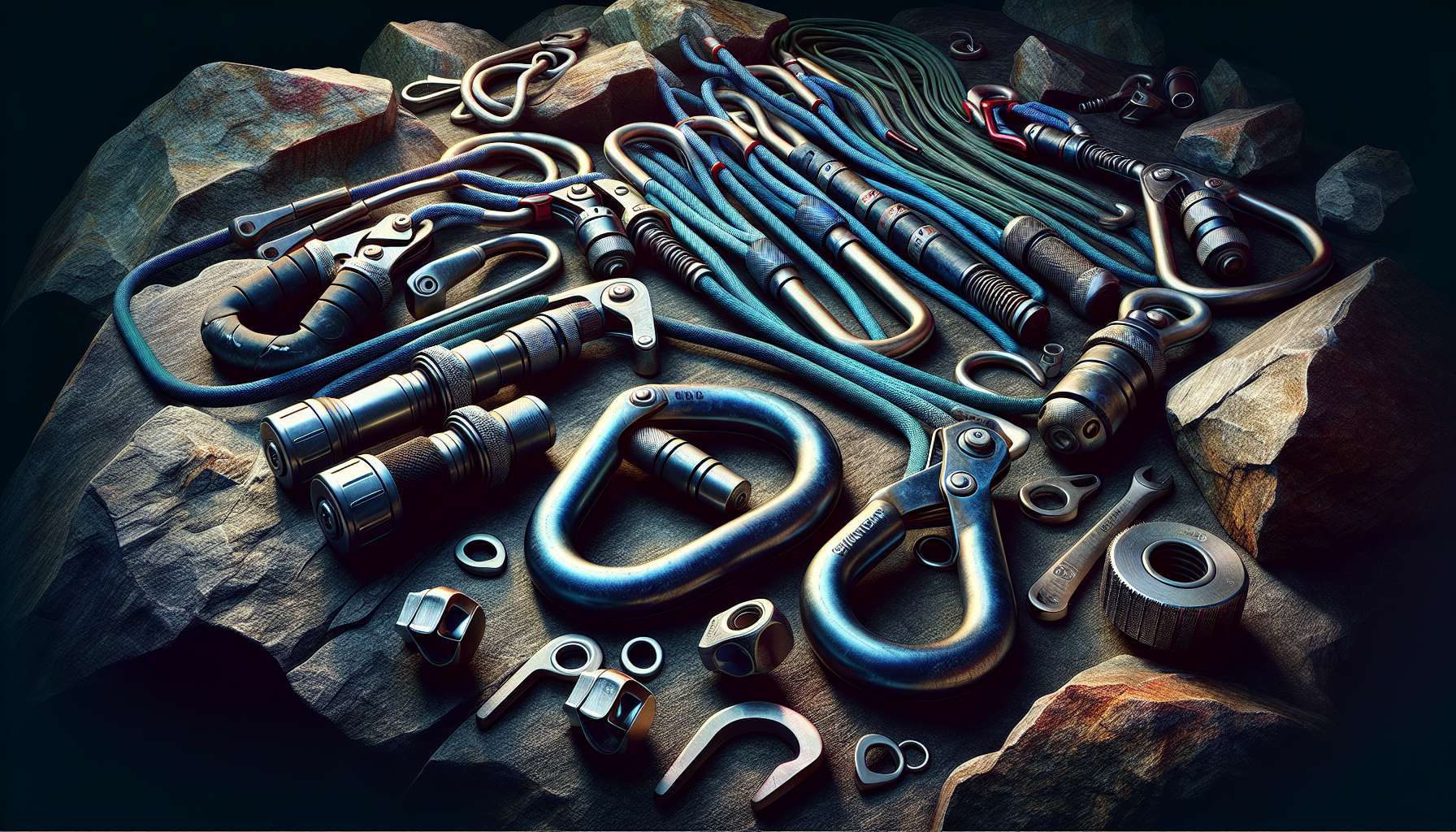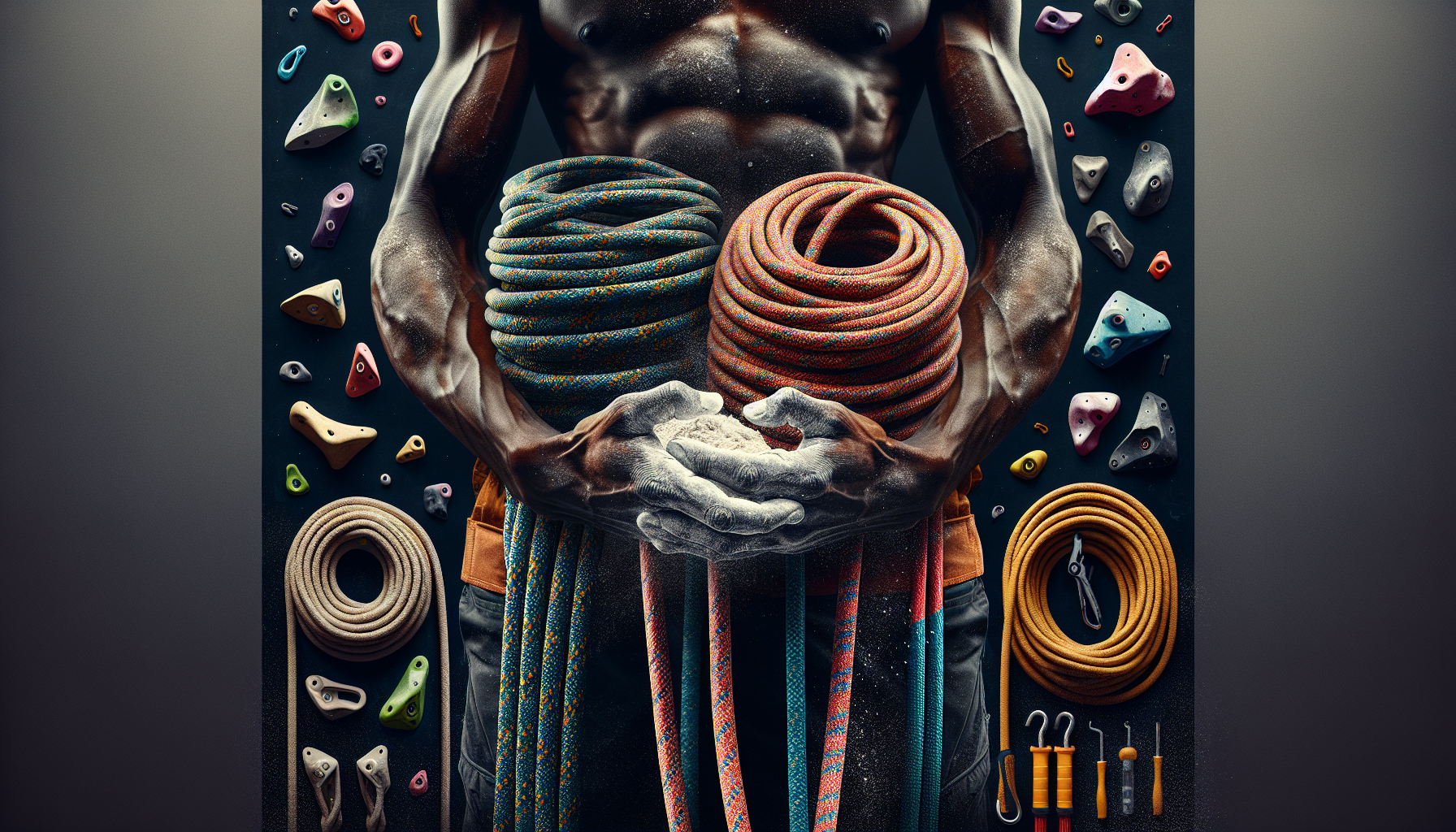The Comprehensive Guide to Belay Devices
Whether you’re an experienced climber or a novice looking to embark on your first adventure, understanding the importance of belay devices is essential for your safety and success. Belay devices are crucial tools used in climbing to protect climbers from falling by controlling the rope. In this article, we will explore the ins and outs of belay devices, from their history and types to their modern applications and controversies. So, buckle up (or should we say, belay up?) as we delve into the world of belay devices.
The Evolution of Belay Devices
Before the invention of modern belay devices, climbers used rudimentary methods such as tying ropes around their waist or using the body belay technique to arrest falls. However, these methods posed significant risks and limitations. The first belay devices, known as Sticht plates, were introduced in the 1970s by German climber Fritz Sticht. These early devices featured a metal plate with slots to feed the rope through, allowing for controlled belaying. Over the years, advancements in technology and materials have led to the development of a wide variety of belay devices, each offering unique features and benefits.
One of the most popular types of belay devices is the tubular belay device, which includes iconic models such as the Black Diamond ATC and Petzl Grigri. These devices are designed to provide smooth and controlled descent while offering versatility for different rope diameters. Another category of belay devices is the assisted braking devices, such as the Petzl Grigri, which feature an additional mechanism to help catch falls and reduce the risk of accidents. Understanding the evolution of belay devices is crucial for climbers to make informed decisions about their equipment and safety.
The Importance of Belay Devices in Climbing
Belay devices play a vital role in the safety and success of climbers, providing a crucial link between the climber and the belayer. When used correctly, belay devices can prevent falls, lower climbers safely to the ground, and facilitate efficient rope management. Additionally, belay devices allow for smooth and controlled movements during climbing, enhancing the overall climbing experience.
One of the key functions of belay devices is to arrest falls by creating friction on the rope. This friction helps to absorb the energy generated during a fall, reducing the impact on the climber and preventing injuries. Belay devices also enable climbers to communicate effectively with their belayer, using signals and commands to coordinate their movements. Overall, the importance of belay devices in climbing cannot be overstated, as they are essential for ensuring the safety and success of climbers.
Types of Belay Devices
There are several types of belay devices available on the market, each with its own unique features and benefits. The most common types of belay devices include tubular devices, assisted braking devices, and figure-eight devices.
Tubular Belay Devices
Tubular belay devices, such as the Black Diamond ATC and Petzl Verso, are popular choices among climbers for their simplicity and versatility. These devices feature a metal or plastic tube with two slots to feed the rope through, allowing for smooth and controlled descent. Tubular belay devices are lightweight, easy to use, and suitable for a wide range of rope diameters. They are ideal for beginners and experienced climbers alike, offering a reliable and efficient belaying experience.
Assisted Braking Devices
Assisted braking devices, such as the Petzl Grigri and Edelrid Eddy, are designed to provide additional safety features to prevent falls and accidents. These devices feature a camming mechanism that helps to catch falls and reduce the risk of belayer error. Assisted braking devices are particularly popular for sport climbing and indoor climbing, where quick and reliable belaying is essential. While assisted braking devices require proper training and technique to use effectively, they offer an added layer of security for climbers.
Figure-Eight Devices
Figure-eight devices, such as the Black Diamond Super 8 and Petzl Reverso, are traditional belay devices that feature a distinctive figure-eight shape. These devices are versatile and can be used for belaying, rappelling, and creating friction knots. Figure-eight devices are popular among climbers for their simplicity and durability, making them a reliable choice for a wide range of climbing activities. While figure-eight devices may not offer the same level of assisted braking as other types of belay devices, they are still widely used in the climbing community.
Best Practices for Belaying
When it comes to belaying, safety should always be the top priority. Here are some best practices to keep in mind when using belay devices:
Proper Training and Technique
Before using a belay device, it is essential to receive proper training and instruction on how to use the device correctly. Understanding the mechanics of the belay device and practicing proper belaying techniques can help prevent accidents and ensure a safe climbing experience.
Communication with Your Partner
Effective communication with your climbing partner is key to successful belaying. Establishing clear signals and commands before starting a climb can help coordinate movements and ensure a smooth belaying experience. Always communicate with your partner during the climb to stay in sync and address any issues that may arise.
Regular Inspections and Maintenance
Inspecting your belay device regularly for signs of wear and damage is crucial for safety. Check the device for any cracks, sharp edges, or deformities that may affect its performance. Additionally, make sure to clean and lubricate the device as recommended by the manufacturer to ensure smooth operation.
Common Misconceptions About Belay Devices
Despite their importance in climbing, belay devices are often surrounded by myths and misconceptions. Here are some common misconceptions about belay devices:
Belay Devices Are Foolproof
While belay devices are designed to enhance safety, they are not foolproof. Belay devices require proper training, technique, and attention to detail to be effective. Failing to use a belay device correctly can result in accidents and injuries, highlighting the importance of education and practice.
Assisted Braking Devices Are Always Safer
While assisted braking devices offer additional safety features, they are not a substitute for proper belaying technique. Climbers should not rely solely on the assisted braking mechanism to catch falls, as human error can still occur. It is essential to practice good belaying habits and use assisted braking devices as intended.
Expert Opinions on Belay Devices
We reached out to several climbing experts to get their insights on belay devices and their impact on climbing safety. Here’s what they had to say:
“Belay devices have revolutionized climbing safety by providing a reliable means of protecting climbers from falls. The advancements in technology and design have made belay devices more user-friendly and effective, allowing climbers to focus on their ascent without worrying about their safety.” – Sarah Johnson, Professional Climber
“As a climbing instructor, I have seen firsthand the difference that proper belay devices can make in preventing accidents and injuries. I always emphasize the importance of using the right belay device for the climbing activity and ensuring that climbers are well-trained in its use.” – Dave Rodriguez, Climbing Instructor
Conclusion
In conclusion, belay devices are essential tools that play a crucial role in climbing safety and success. From their humble beginnings as Sticht plates to the modern tubular and assisted braking devices, belay devices have evolved to meet the needs of climbers around the world. Understanding the different types of belay devices, best practices for belaying, and common misconceptions can help climbers make informed decisions and stay safe on the rock.
As you embark on your climbing journey, remember to prioritize safety, communication, and education when using belay devices. By following best practices, staying informed, and seeking guidance from experts, you can enjoy the thrill of climbing while staying safe and secure. So, next time you gear up for a climb, make sure to check your belay device and double-check your knots. Happy climbing!




